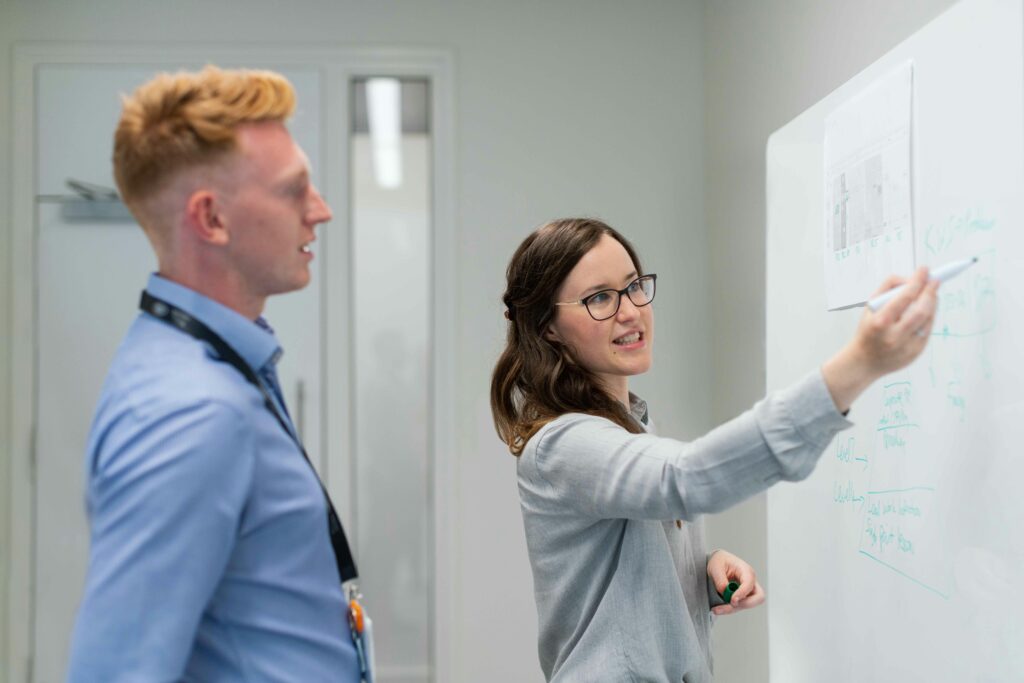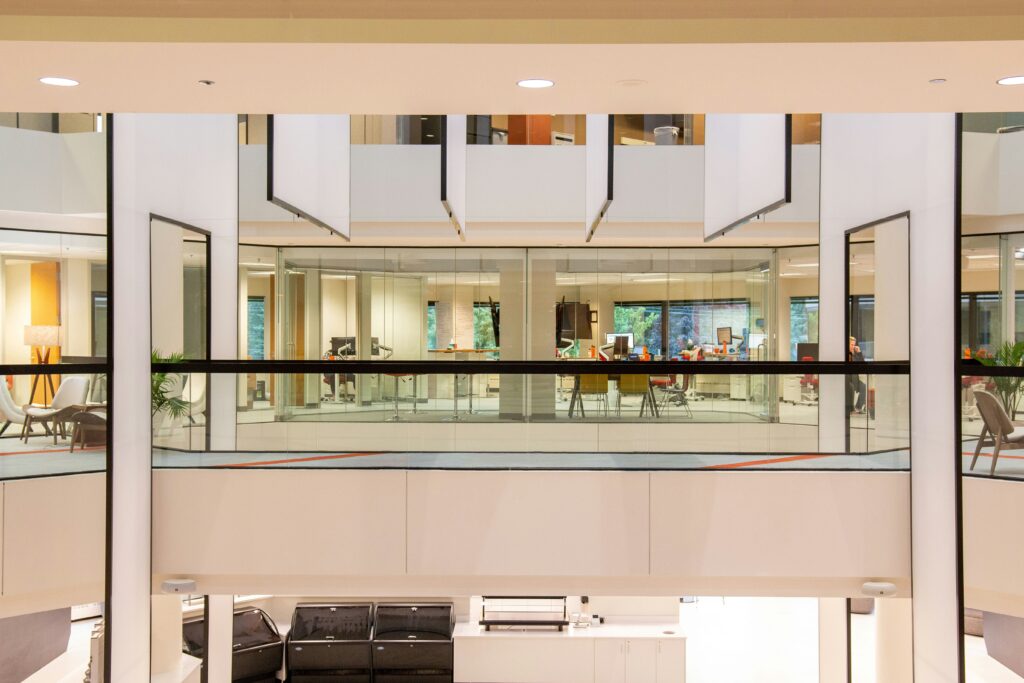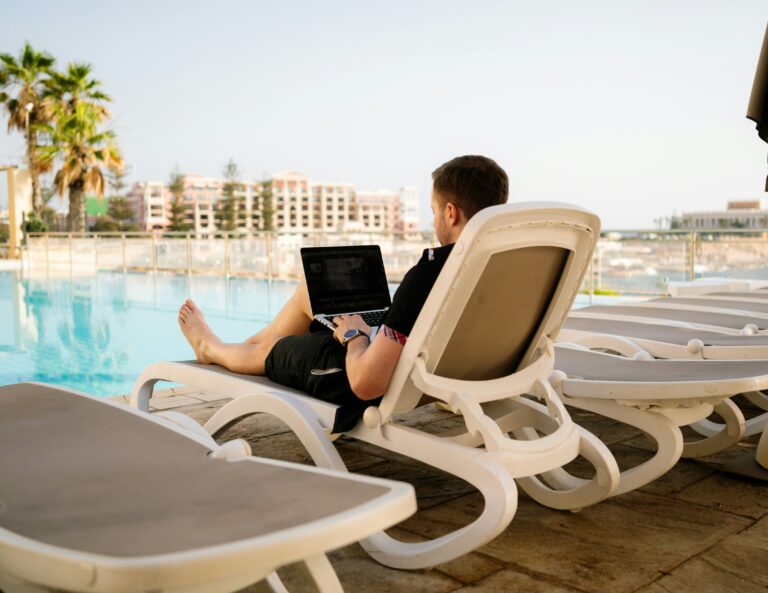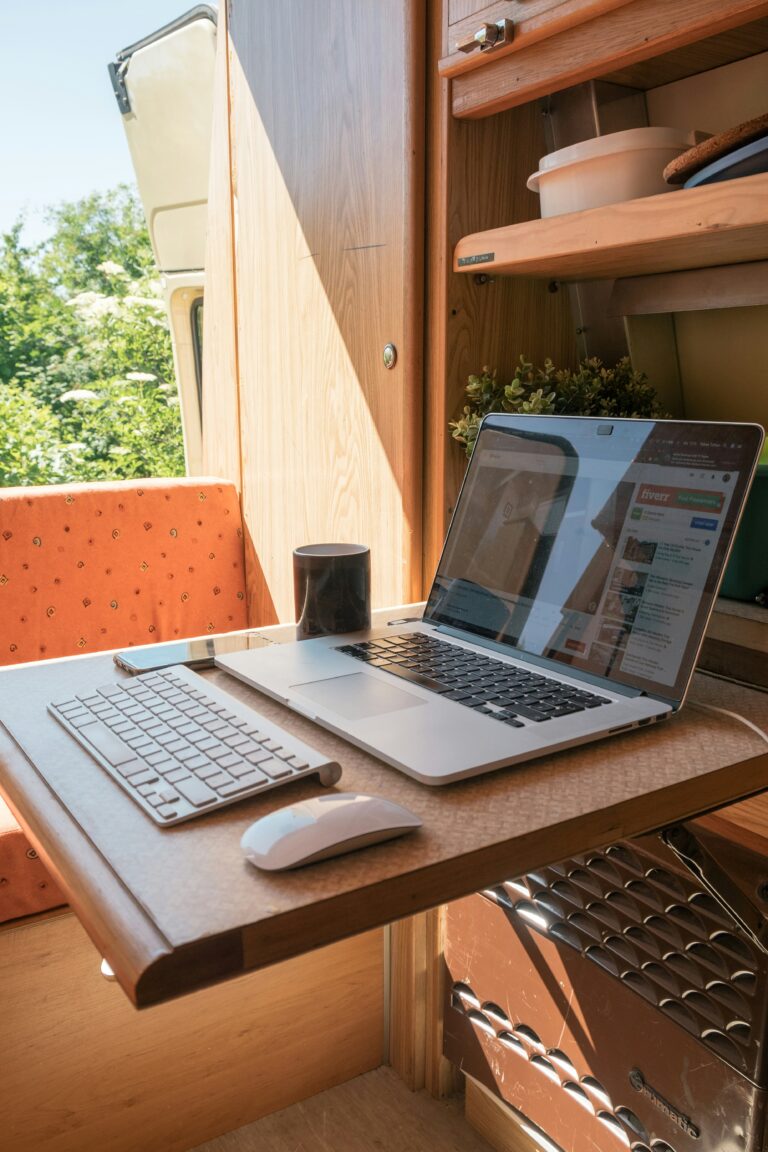Workplace Of The Future
Imagine stepping into an environment each day where innovation thrives, collaboration is effortless, and your well-being is the cornerstone of every design. That’s the workplace of the future, a concept that’s captivating the imaginations of leaders and employees alike. As I explore this evolving landscape, I’ll share insights on how technology, flexible work policies, and a renewed emphasis on mental health are shaping our professional habitats. This isn’t just about the aesthetic of neon-lit ping-pong rooms or coffee bars; it’s a deeper dive into how our daily grind can enhance, rather than diminish, our zest for life. Join me in unraveling the threads of what promises to be an exhilarating weave of tomorrow’s work life—one that could very well redefine our definition of the office.
Defining the Workplace of the Future
The concept of the workplace has been evolving for decades, but recent years have accelerated that change at an unprecedented pace. We’re witnessing the emergence of a new kind of workspace, one that is dynamic, diverse, and deeply influenced by technological innovation. It’s an exciting time to explore what this means for me, my colleagues, and the future generation of workers.
Evolution of workplace concepts
I remember reading about the ‘9-to-5’ routine being the heartbeat of business for the longest time. However, the traditional understanding of what constitutes a ‘workplace’ has shifted dramatically. We’ve moved from assembly lines to cubicles, and now to open-plan spaces – and sometimes no office space at all. The rigid work structures are giving way to more fluid environments, where the physical presence is not always a necessity.
Influence of technology and culture
The influences of technology and cultural trends on the workplace cannot be overstated. I’ve seen how cloud computing, mobile devices, and collaborative tools have untethered work from a physical location. Likewise, cultural changes such as the emphasis on work-life balance, sustainability, and corporate responsibility have redefined workplace values and goals.
Understanding the employees’ changing expectations
I’ve noticed a distinct shift in what my peers and I expect from our workplaces. It’s no longer just about earning a paycheck; we want our work to have meaning, offer flexibility, and provide opportunities for growth and development. Employers need to understand and respond to these evolving expectations if they want to attract and retain top talent.
Physical Space Transformation
The modern workplace’s physical space is continuously adapting to meet the needs of its occupants. Companies are rethinking office layouts and designs to create environments that better suit the needs of their employees.
Designing for flexibility
I’ve seen how companies are now creating spaces that can be quickly reconfigured for different tasks or team sizes. Modular furniture and moveable walls are a couple of examples of how flexibility is being built into the workplace. This trend recognizes that no two days are the same, and the physical space must be able to keep up.
Incorporating green spaces
Bringing the outdoors inside has become a popular concept, and I am a significant supporter of this trend. Not only do these green spaces offer aesthetic value, but they also promote well-being, reduce stress, and improve air quality. Plants, living walls, and even small indoor gardens are becoming a staple in the office environments of the future.
Adapting to hybrid models
The pandemic has taught us that full-time office work may not be necessary for productivity. Consequently, hybrid work models are being embraced en masse, with the workplace alternating between office, home, or other remote locations. This transformation has required a reassessment of what physical spaces are needed and how they should be managed.

Technological Advancements
The integration of advanced technologies is fundamental to the workplace of the future, serving both practical and innovative applications.
Integration of AI and automation
Artificial Intelligence and automation are transforming the way I work by taking over repetitive tasks and freeing me up to focus on more creative and strategic activities. AI-driven analytics helps in decision-making, while automation streamlines workflow processes.
The rise of virtual and augmented reality
Virtual Reality (VR) and Augmented Reality (AR) are not just for gamers. They are revolutionizing training, design, and remote collaboration in the workplace. I can immerse myself in a virtual environment or overlay digital elements onto the real world, providing me with unique and immersive experiences that enhance my work.
Data security and privacy concerns
With all these technological innovations, data security and privacy have become more critical than ever. The workplace of the future needs to establish robust cybersecurity measures to protect sensitive information as digital platforms become integral to daily operations.
Cultural Shifts in the Workplace
The future workplace is not just shaped by physical and technological changes but also by cultural shifts. These changes arise from a deeper societal transformation as well as the collective will of the workforce.
Promoting diversity and inclusion
Diversity and inclusion have become much more than buzzwords. They’re fundamental to a thriving workplace. I appreciate being part of an environment where diverse perspectives are valued and contribute to the richness of ideas and problem-solving strategies.
The shift towards continuous learning
With the constant evolution of technology and industry practices, I’ve realized that continuous learning is essential to stay relevant. Employers are increasingly providing opportunities for ongoing education and skill development, recognizing that a knowledgeable and adaptable workforce is integral to their success.
Wellness and mental health initiatives
Gone are the days when mental health was a taboo subject at work. Companies are now actively promoting wellness and providing resources to support mental health. Wellness rooms, stress management workshops, and mental health days are all part of the commitment to employees’ overall well-being.

New Models of Leadership
The old-school, top-down approach to leadership is being replaced with more collaborative and participative styles. These shifts reflect the changing dynamics of the modern workforce.
From hierarchical to flat organizations
I’ve exchanged rigid corporate ladders for flatter structures that promote openness and collaboration. This change has made senior leaders more accessible and fostered a sense of shared responsibility among all levels within the organization.
Empowering employees through leadership
Modern leaders focus on empowering employees. For me, this means having autonomy in my role and being trusted to take initiative. It’s about leaders providing guidance and support rather than dictating every action.
The importance of transparency and communication
In the past, information was often siloed, but I’ve noticed that there’s an increasing emphasis on transparency. Leadership now recognizes the need to communicate openly with their teams, building trust and ensuring that everyone is aligned with the company’s goals and values.
The Gig Economy and Freelancing
The rise of contract work and freelancing has birthed new ways to engage with the workforce. As a part of this shift, companies and workers alike are venturing into more flexible working arrangements.
Incorporating contract workers
I see more professionals, including myself at times, taking on contract work, which allows for flexibility and a wide exposure to diverse projects. Companies leverage this trend by hiring experts for specific, short-term tasks without the commitment of permanent employment.
Creating collaborative environments for freelancers
Workspaces are adapting to accommodate the mix of permanent staff and freelancers. I enjoy work environments where resources such as coworking spaces and collaborative tools are readily available to everyone, fostering a sense of community and shared purpose.
Legal and financial considerations
Entering the world of contract work means navigating new legal and financial considerations. As both an employer and a contractor, I’ve had to become familiar with the legalities of freelancing, from contracts to tax implications.

Innovation in Collaboration
As collaboration becomes ever more crucial in the workplace, innovation in how we work together has taken center stage.
Tools enabling remote teamwork
Remote work has become a mainstay for many, and the tools that support it have advanced significantly. Video conferencing, project management software, and real-time editing platforms allow me to connect and collaborate with my teammates regardless of our locations.
Collaborative spaces and huddle rooms
While technology serves remote collaboration, physical spaces are also evolving. Huddle rooms, designed for small group collaboration, provide a space for spontaneous meetings or private discussions. This setup complements the open office areas and supports various work styles and needs.
The role of social networks in professional settings
Professional social networks are expanding beyond LinkedIn. I use them to connect, share knowledge, and advance my career. They are integral to the ecosystem of collaboration and networking in the business world.
Sustainability and the Environment
Environmental considerations are critical in shaping the future workplace. Businesses are becoming more conscious of their environmental impact and are adopting sustainable practices.
Eco-friendly office designs
I am thrilled to work in environments that prioritize sustainability. Features like energy-efficient lighting, water-saving fixtures, and the use of recycled materials reflect a commitment to reduce the office carbon footprint.
Sustainable business practices
Beyond the physical office design, sustainable business practices are being implemented company-wide. Things like reducing waste, sustainable sourcing, and green policies are becoming the norm – and they make me proud to be part of forward-thinking organizations.
The impact of corporate social responsibility
Corporate Social Responsibility (CSR) programs demonstrate a company’s investment in societal and environmental welfare. They are becoming increasingly important to both employees and consumers who prefer companies with ethical and sustainable practices.
Work-Life Integration
Creating a boundary between work and personal life is essential, but integrating the two can yield a harmonious balance. The workplace of the future recognizes this balance as crucial to employee performance and satisfaction.
Flexible working hours
Flexibility in working hours is one of the most significant changes I’ve embraced in recent times. Being able to adjust my work schedule to suit my lifestyle has greatly improved my productivity and work satisfaction.
Remote work policies
Remote work was once a rare perk, but it’s now a staple for many businesses. Policies that support this mode of work are becoming formalized, providing me with structure and maintaining corporate culture even when employees are not physically in the office.
Creating a balanced workplace culture
A balanced workplace culture appreciates that employees have lives outside of work. It encourages taking vacations, spending time with family, and pursuing passions – all of which contribute to a productive and engaged workforce.
The Impact of Globalization
The expansion of global markets has reshaped how we work, making it more connected and diverse than ever before.
Cross-border collaboration
Working with teams across the world has become part of my everyday life. Cross-border collaboration requires tools and processes to be in place to manage time zone and language differences, but the results can be hugely beneficial, leading to a richness in perspective and innovation.
Cultural intelligence in global teams
Having cultural intelligence is vital in global teams. Understanding and respecting different perspectives and social norms leads to more effective communication and collaboration. I’ve learned a lot from working alongside colleagues from various backgrounds, and it has enriched my professional life.
Challenges and opportunities of a global workforce
A global workforce presents both challenges and opportunities. It can be complex to manage different employment laws and cultural expectations, but the diversity of thought and experience that comes from a global team is invaluable. It drives creativity, innovation, and, ultimately, competitive advantage.
In embracing the workplace of the future, I am excited to see how it will continue to evolve. It’s clear that change is constant, but with adaptability and a focus on people, the future is bright for workers and businesses alike.







